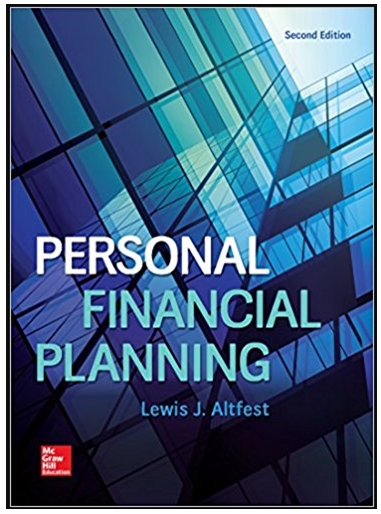Question
Question 16 A. X-treme Vitamin Company is considering two investments, both of which cost $20,000. The firms cost of capital is 15 percent. The cash

Question 16
A. X-treme Vitamin Company is considering two investments, both of which cost $20,000. The firms cost of capital is 15 percent. The cash flows are as follows:
Year Project A Project B
1 12,000 10,000
2 8,000 6,000
3 6,000 16,000
(a) What is the payback period for each project? Which project would you accept based on the payback period?
(2 marks)
(b) What is the discounted payback for each project? Which project would you accept based on the discounted payback criterion? (3 marks)
(c) Calculate the NPV of each project? Which project would you choose based on the NPV criterion? (5 marks)
(d) Based on the IRR criteria which project would you choose if they were mutually exclusive? Show all workings. (5 marks)
Question 17
The following balance sheet extract relates to the ABC Company.
Bonds Payable $1,200,000
Common Stock $3,000,000
Preferred Shares $1,550,000
Additional Information:
i. The bonds are 8%, annual coupon bonds, with 9 years to maturity and are currently selling for 90% of par.
ii. The companys common shares which have a book value of $25 per share are currently selling at $22 per share. The beta on the companys stock is 1.10
iii. Preferred shares have a book value of $100 per share. These shares are currently selling at $115 per share and carries a coupon rate of 6%.
iv. Market Risk premium is 6 % and 4% is the risk-free rate.
v. The companys Tax rate is 30%
A. Required: Determine the following for the company
(a) Total Market value (4 marks)
(b) After-tax Cost of Debt (2 marks)
(c) Cost of Common Stock (2 marks)
(d) Cost of Preferred Stock (1 mark)
(e) WACC (3 marks)
B. What is the best proxy for the risk-free rate when using the CAPM to calculate the cost of equity? Explain the reasons for your answer. (3 marks)
Question 18
The following questions are independent of each other.
A. Miller Brothers Ltd has bonds outstanding that matures in 7 years and pays a 6 percent semi-annual coupon.
(a) What will the bond price be for one of these bonds if the par value is $1,000 and the market interest rate is 8.0 percent? (2 marks)
(b) Calculate and explain what would happen to the value of the bond if the market interest rate falls to 6.0 percent. (3 marks)
B. Assume you will receive $2,000 a year in Years 1 through 5, $3,000 a year in years 6 through 8, and $4,000 in year 9 with all cash flows to be received at the end of the year. If you require a return of 14 percent annually, what is the present value of these cash flows? (5 marks)
C. Go-geta Corp. issued 10-year bonds 2 years ago at a coupon rate of 6 percent. The bonds make semiannual payments.
(a) If these bonds currently sell for 98 percent of par value, what is the YTM? (2 marks)
(b) List the key features of a bond. (1.5 marks)
(c) Explain what is meant by net proceeds in the context of a bond sale. (1.5 marks)

Step by Step Solution
There are 3 Steps involved in it
Step: 1

Get Instant Access to Expert-Tailored Solutions
See step-by-step solutions with expert insights and AI powered tools for academic success
Step: 2

Step: 3

Ace Your Homework with AI
Get the answers you need in no time with our AI-driven, step-by-step assistance
Get Started


